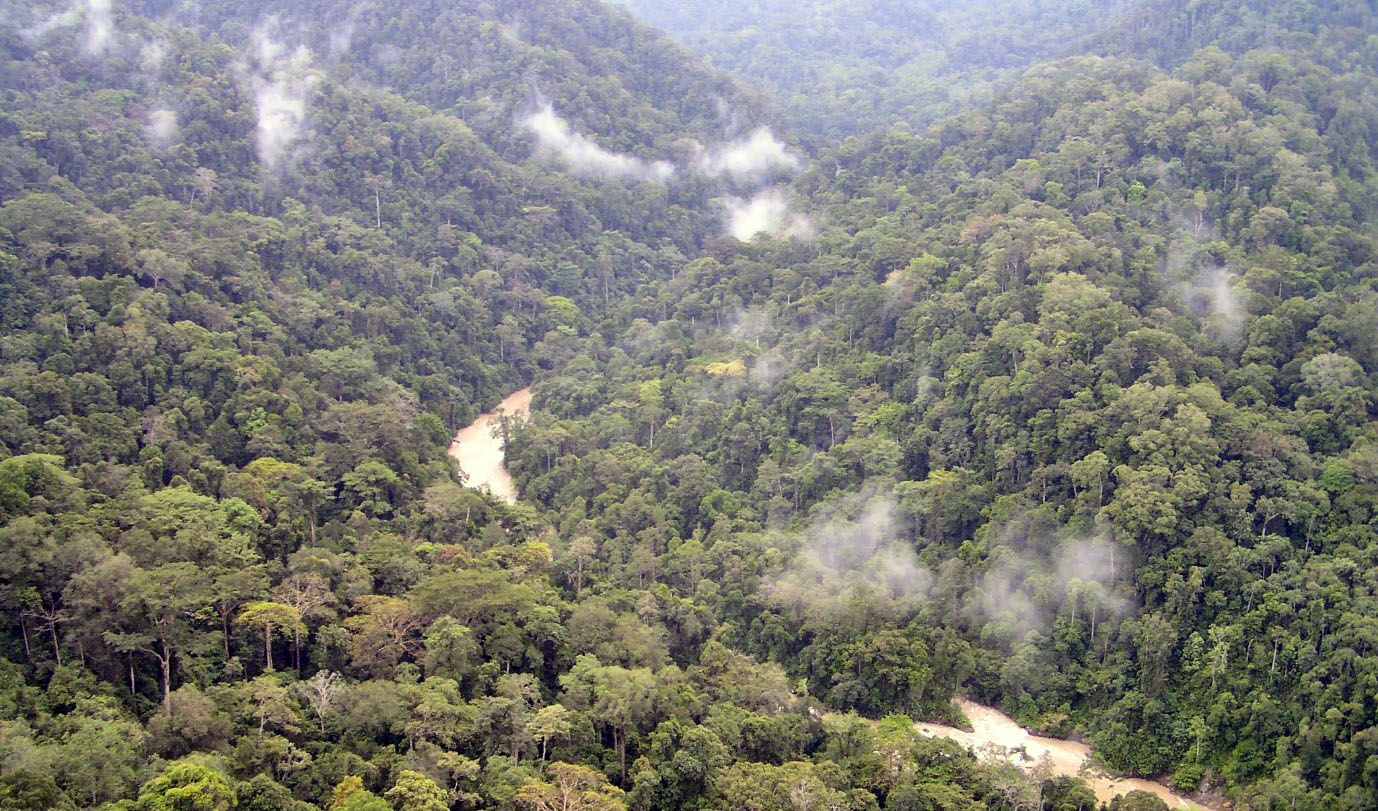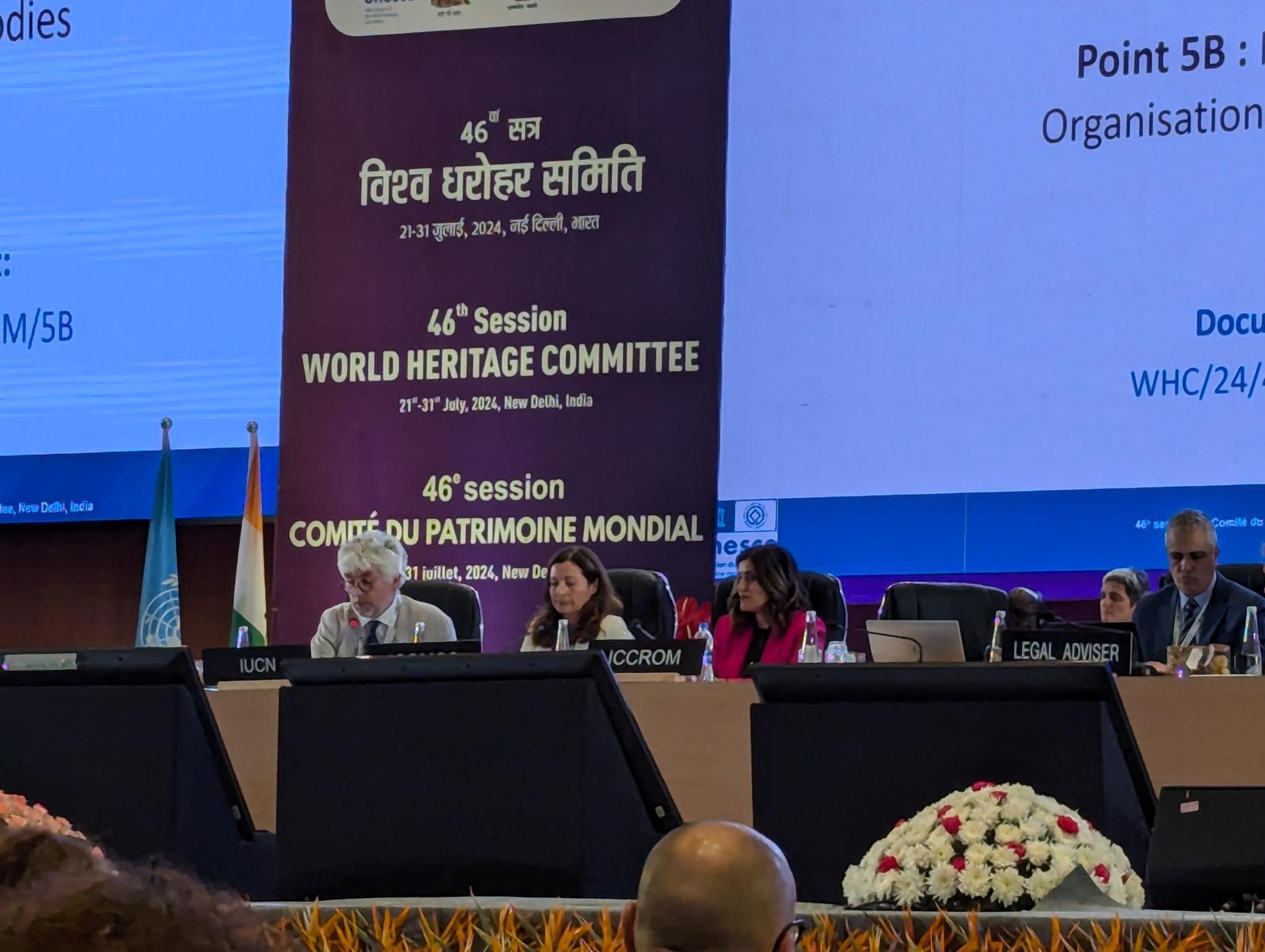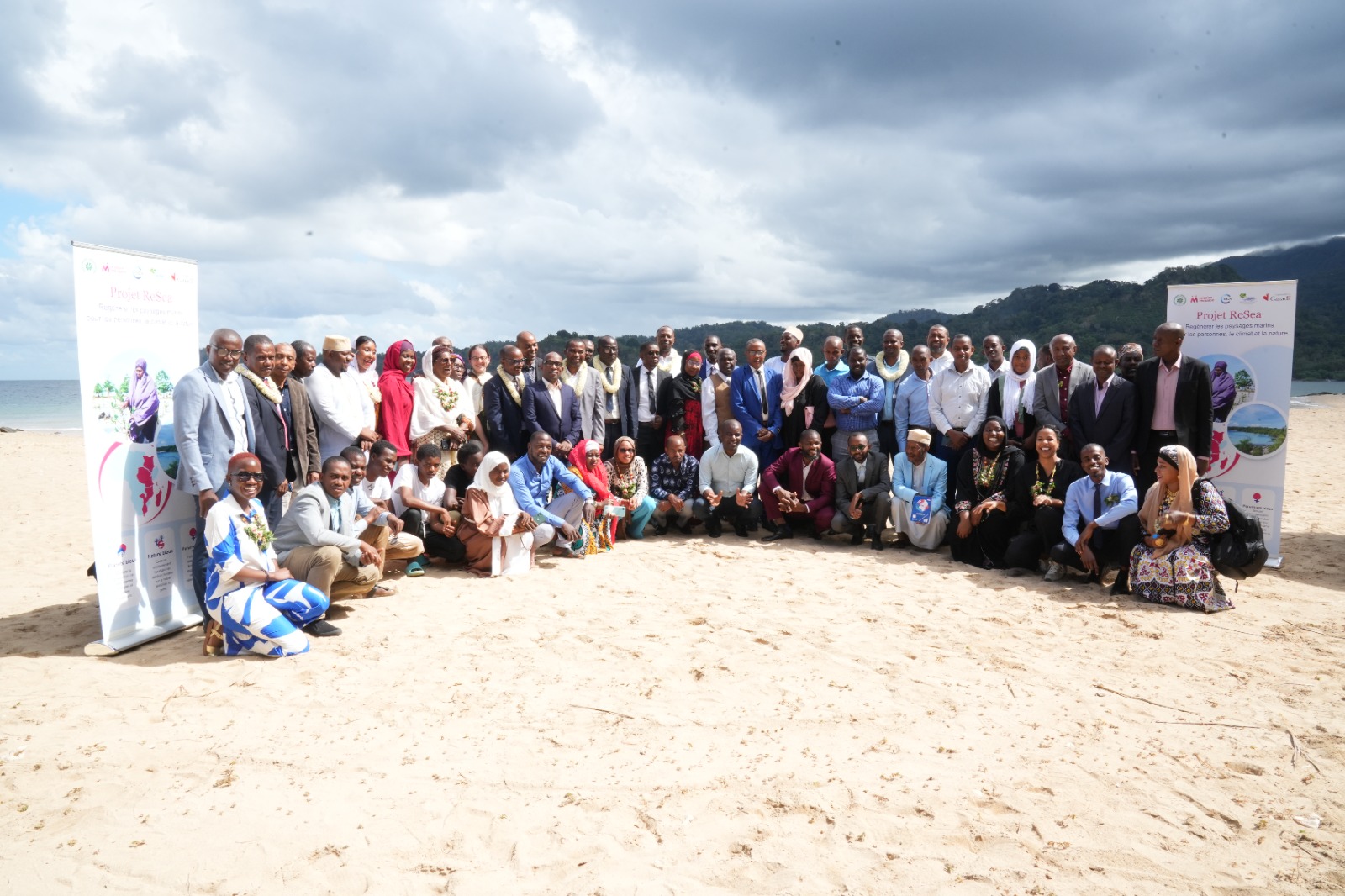In a recent article we co-authored in Nature Ecology & Evolution (NEE), we reiterated IUCN’s request to the Indonesian government to halt the Batang Toru dam development so that an independent and objective assessment can be conducted of the risks for the Tapanuli orangutan associated with hydro dam development in its habitat. In a surprising turn of events, the halting part of our wishes was fulfilled, although for the wrong reasons – COVID 19. The power plant developer recently requested to push the facility’s launch of commercial operations back from 2022 to 2025, because its Chinese workers cannot currently travel to Indonesia. Does this postponement provide an opportunity to seriously discuss how we can avoid the extinction of the rarest great ape on Earth with the Indonesian government, and together develop a well-funded conservation strategy for the species?
For those unfamiliar with the Batang Toru context, this is once again a story of biodiversity threats under an expanding human footprint. It is playing out in Indonesia, a megadiverse nation with many threatened species, where the survival of the Tapanuli orangutan is hanging by a thread.
A proposed $1.6 billion hydro-electric power structure would cut across the Tapanuli orangutan’s largest subpopulation and effectively act as a wall blocking connectivity between the already fragmented forest areas.
The main risk to the species at the moment appears to be the pending development of Indonesia’s largest hydropower project in the middle of its range. The Section on Great Apes of IUCN’s Primate Specialist Group (IUCN SGA), of which we are part, has been leading efforts to convince the Indonesian government to review plans for a hydro-electric project that would separate the three subpopulations of the Tapanuli orangutan and further undermine their survival. Importantly, the IUCN SGA’s suggestions align with the Indonesian Government’s own collaborative assessment with IUCN of the impact of the project, which states it should be halted. So, what’s the issue?









Add new comment